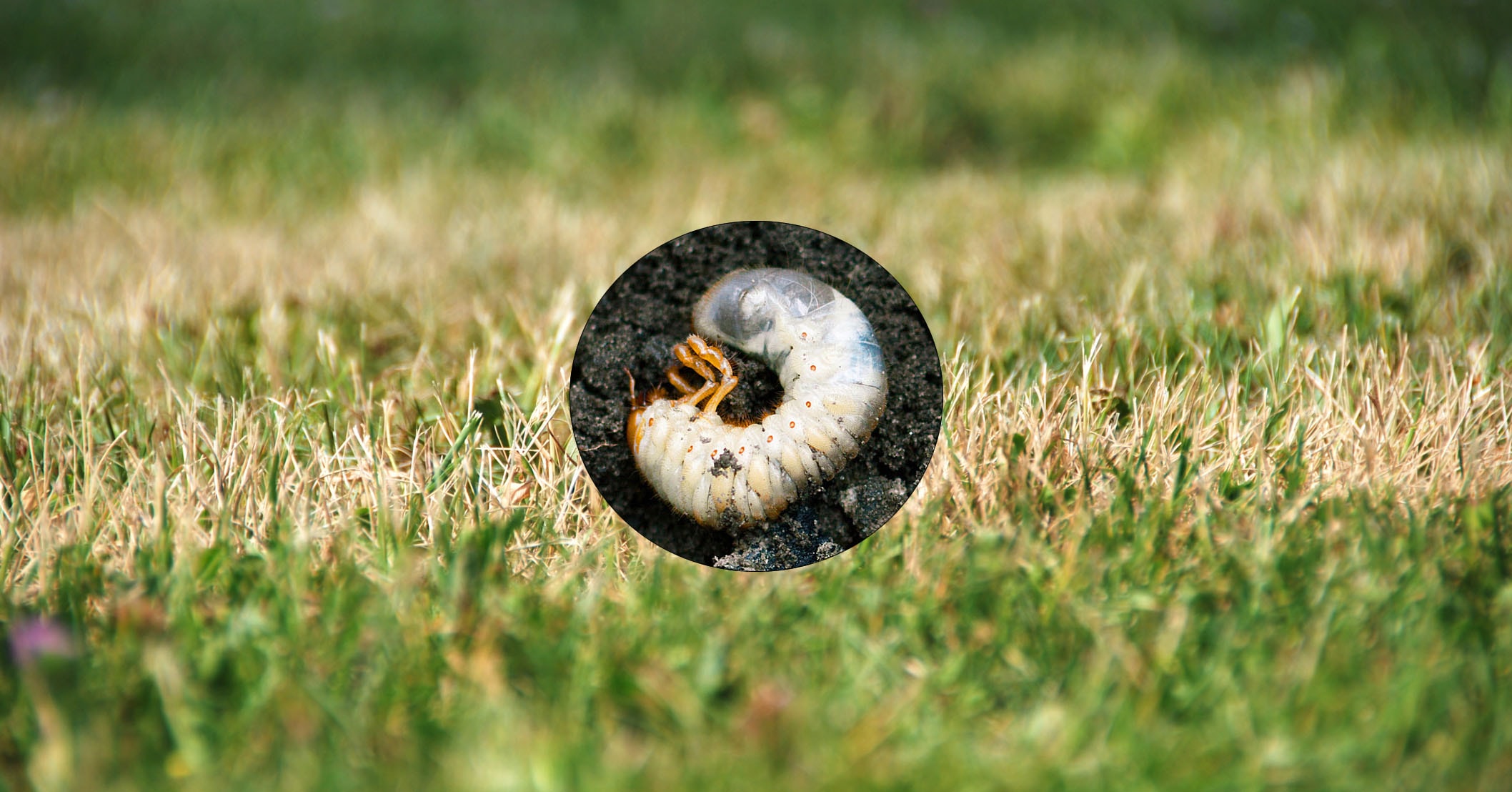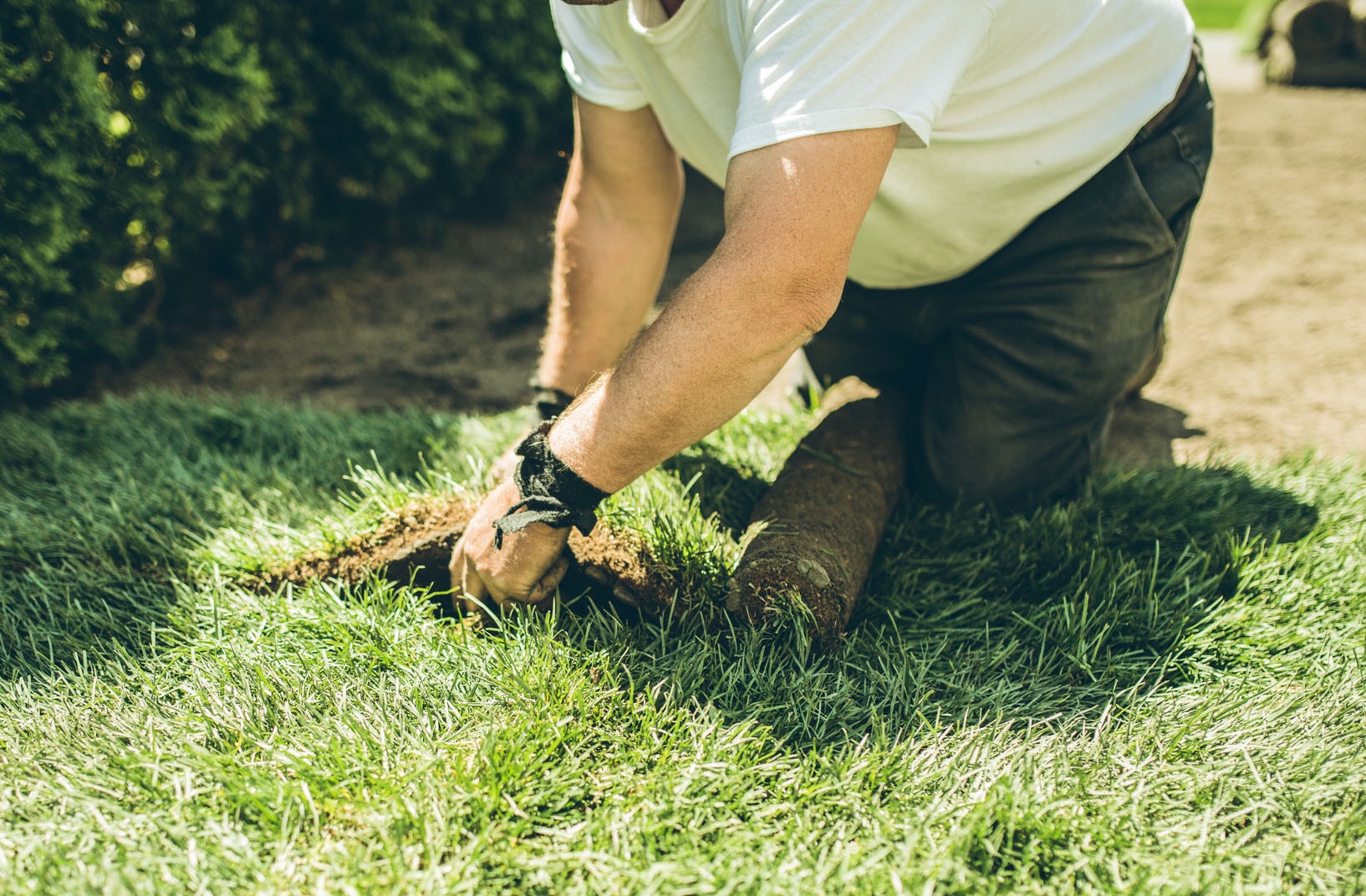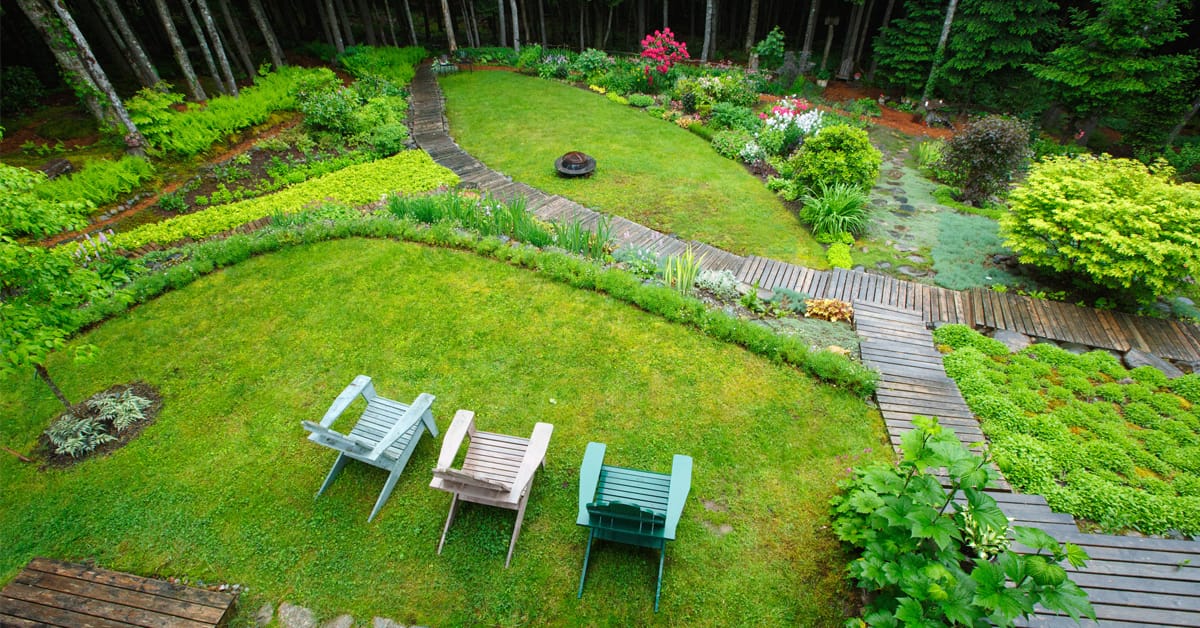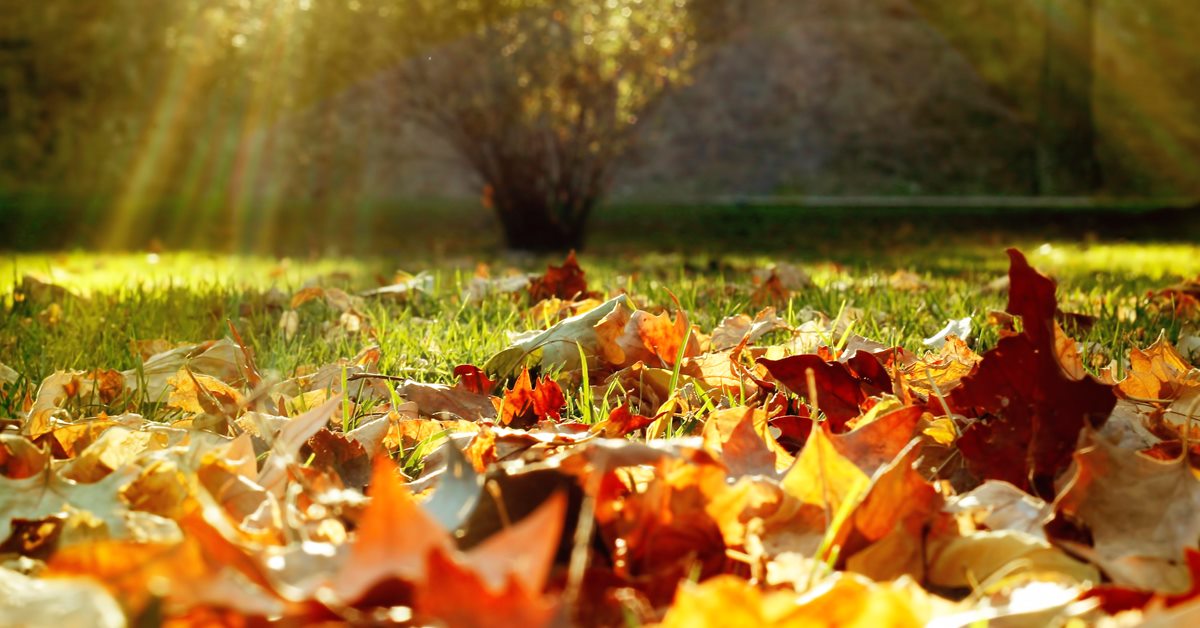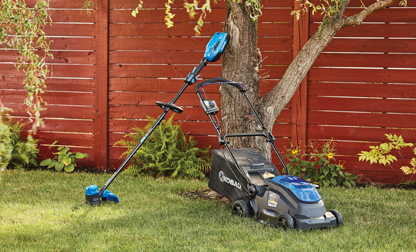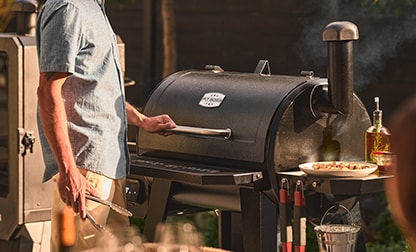Lawn Grubs 101
Also known as white grubs, lawn grubs have small white bodies that curl up in a C-shape if disturbed. They are the larvae of many different species of scarab beetles, including green June beetles, Japanese beetles, Oriental beetles, and chafer beetles.
For most of the year, lawn grubs are active a few inches below the soil. In the winter, they head down to a depth of about 4 to 8”.
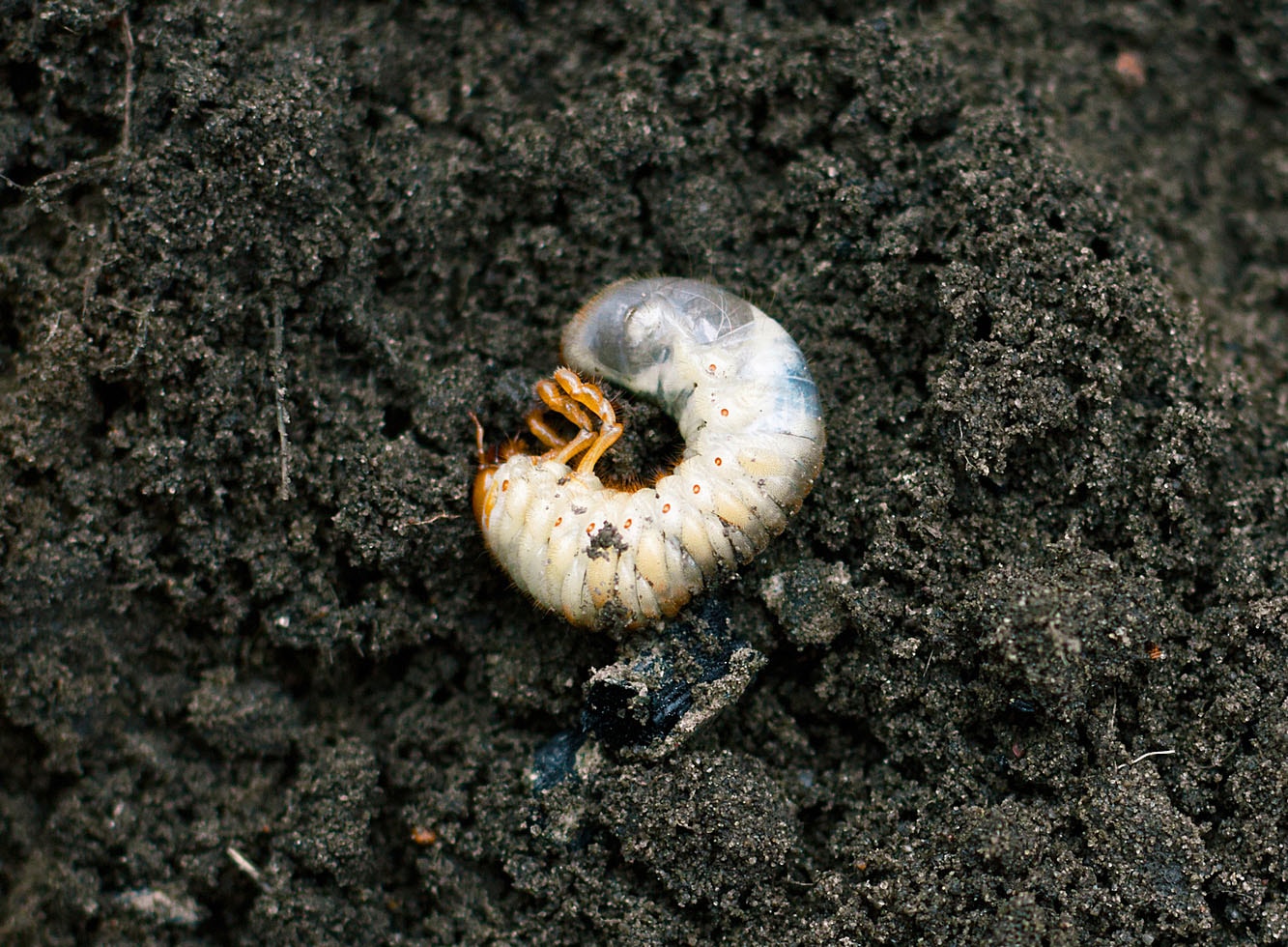
While grubs damage the lawn, the insects eat away at the foliage and flowers










